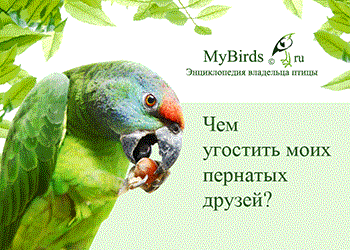The orange-winged amazon (Amazona amazonica), also known locally as orange-winged parrot and loro guaro, is a large amazon parrot. It is a resident breeding bird in tropical South America, from Colombia, Trinidad and Tobago south to Peru, Bolivia and central Brazil. Its habitat is forest and semi-open country. In the wild, the diet of the Orange-winged Parrot consists of fruits, plants, seeds and nuts, corn, and probably some protein.
The name of the Orange-winged Amazon is derived from a distinct yellow-orange on the bend of the wing and the speculum (secondary feathers of the wings). They also have yellow-orange on the crown and on the front of the cheeks. The rest of the cheek is a bright green and they often fluff their cheeks out, making them look like they have “mutton chop” sideburns. Their bodies are mostly green from head to tail, with the under parts a bit lighter green. There are hints of blues in the throat and on the crown. The feathers on the back of the neck and upper back are edged with a dusky black. The tail is green tipped with a light yellowish-green, has some oranges on the underside, and some green barring on the top. The beak is a horn color becoming gray at the tip. The eye is orange with a grayish white eye ring, and the legs are a pale gray.
Orange-winged Parrots are medium sized parrots. Mature birds are about 31 – 33 cm long from the head to the tip of the tail. They reach maturity in about the 4 – 5 year range with a lifespan of 60 plus year. Orange-winged Amazons are not sexually dimorphic, females look like males.
The breeding season in different locations is different. The nests are made in dead palms or holes in trees; often very high; nest hole in one case 1,6 m deep. The clutch is 2 – 5 eggs. Incubation period is about 3 weeks. Only female broods, which are fed by male, who stays in vicinity of nest hole during day. At night male leaves breeding site and roosts with flock.
Amazons are playful and love to chew. They enjoy time spent with their owners. They can learn up to 50 words. They should always be provided with toys, especially wooden blocks which can be chewed, and branches from non-toxic trees. Young amazons should be socialized to many people and exposed to a variety of situations such as new cages, toys, visits to the veterinarian, handling by friends and wing and nail clippings to avoid fear of novel situations. Amazons are active birds and should be allowed as much space as possible. The cage should have at least perches that the bird can move between. Appropriate, safe toys should be provided. Life Span is 20-60 years.








